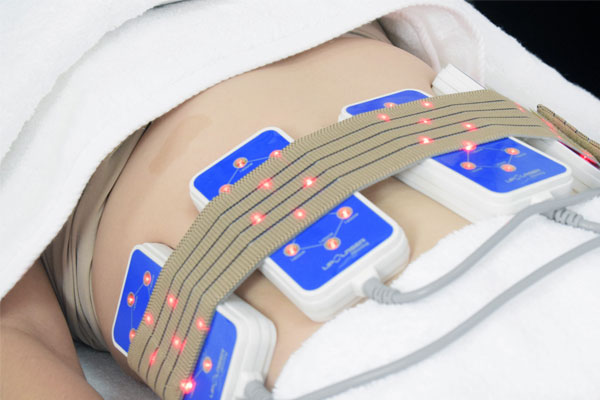In Lifestyle | Where PTC Heater Implemented Within Medical Devices?
Where PTC Heater Implemented Within Medical Devices?
Post by Allen Huang, Updated on July 27th, 2021

As technology advanced, medical electronic aim to be more compact and increase their mobility. For example, there is limited space within the ambulance, and it required every function it needs to deal with different symptoms and even grab-and-go situations. In this article, we are covering heat as one of the factors that could have been useful when it is in emergency needs. In some treatments, heat therapy is required. It is for improving blood flow, headaches, and to ease tense muscles. With PTC printed film heater, it can minimize overall space usage and sustain on specific temperature. It is suited for ambulance use and heat therapy.
IV bag and blood bag warmer

In General, IV bags and blood bags are stored in the freezer to sustain their shelf life. After withdrawing from the storage, the fluid or blood cannot immediately administrate to the patient. Even at room temperature, the injection may lead the patient to be discomfort. It is best to warm up the fluid and meet the patient’s body temperature. There are many methods to warm up fluid or blood bag, from wrap a hot pack around the IV bag to connecting the fluid heater during the transfusion. With a printed heater integrated on IV poles, it can minimize the configuration space and increase mobility. It is suited for ambulance use that can be easily integrated and preventing shriving during transfusions.
Heat compress healing

Some specific injuries and wounds required heat compression during healing. Generally, these treatments are directly contacted with the human body or sometimes with a thin layer of cushion that required certain flexibility to fit the individual. With membrane printed heater, its customizability can be design for universal use or specific area of the human body. Due to the heat is near human skin, temperature control is critical. Therefore, the PTC heating element can be ideal due to its characteristics. PTC heater will only heat up to a specific temperature and keep constant heat without overheating. It can also increase mobility due to PTC heater can sustain its temperature and provides an opportunity to withdraw the temperature controller to minimize the overall profile.
Conclusion
In conclusion, medical devices are generally taking up a large scale of space and may restrict patients’ mobility. With PTC printed membrane heater, it can reduce overall space usage and achieved the same functionality. More importantly, its flexible substrate and customizability have the benefits to fit comfortably on the human body. PTC heating element is a safeguard to preventing the concern of overheating and scald. It can also be a cost-effective solution with a simplified need for heating factors.



